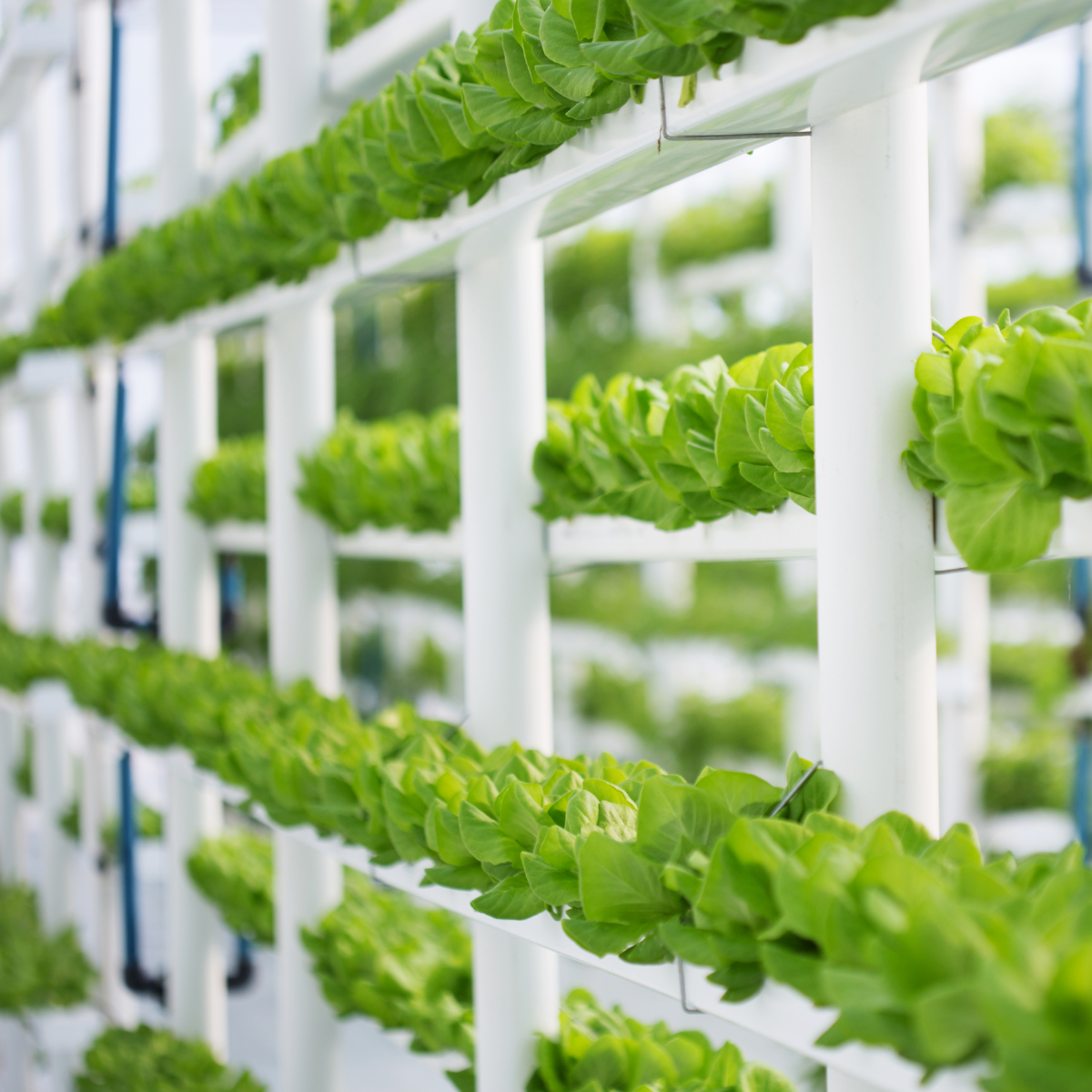
Your home is a sacred space. Hopefully a place of comfort, enjoyment, peace and wellbeing. It is within our homes that we build our livelihoods, establish our daily routines, and spend time with loved ones. It's likely that your home is the place you will spend most of your life, even if your 'home' moves from place to place. Our home routines are prime opportunities for sustainable change.
When you first enter your home, there's a high likelihood that you will walk straight into the living area. It's here that the widest range of activities take place; whether that's relaxing on the couch as you read a book, catching up on the latest television series, or entertaining visitors. Some of the most memorable occasions I've had with family and friends have taken place in our living rooms -it is where we come to gather and socialize. As an area of the home filled with social activity, the living room is likely to have an array of different types of furniture, decorative pieces, and electronic devices. While we walk through the most common activities and objects associated with the living room, you'll begin to notice that,
like in all other rooms in your home, these activities and objects have an associated impact on the planet. For example, there's a good chance that the living room sees the largest use of artificial light - with lamps lighting up your night-time rituals - as well as electronic devices used for your entertainment. Both will contribute significantly to your electricity usage.
Tip: Being intentional with how you furnish your living room, reducing clutter, and managing your energy usage are some of the best ways to make the living room more sustainable.
Our world is growing, anticipated to hit a population of 9.8 billion in 2050. While it's great to know that overall human health has improved, at our current consumption rates we will need the equivalent of almost three planets to sustain the future population. Overconsumption can be attributed to the meteoric rise of consumerism since the Industrial Revolution. Worldwide, our expenditure on household goods and services has quadrupled, going from $5 trillion to $20 trillion in just forty years. Clever marketing convinces consumers that they need the 'latest and greatest' products available; and planned obsolescence - intentionally designing a product with a limited useful life - only perpetuates the problem. It has led to a culture of instant gratification, with companies creating more and more products at greater speed to satisfy consumer demand.
Tackling a living space full of items you have accumulated can provide quite a bit of insight into your personal consumption habits, whether it's in the living room, bedroom, or any area of your life. When you take the time to meaningfully declutter, it can help you to better under-
stand what is truly needed in your household, and help you make conscious decisions going forward.
Energy consumption is one of the leading causes of climate change. Though it is caused by various sources, households are responsible for 29 per cent of energy consumed throughout the world, and as a result, contribute to 21 per cent of total CO2 emissions. A large portion of our current energy consumption is caused by the increase in technology usage in the past ten years. Our energy usage is an invisible migration from our hands via our phones, tablets and laptops into the digital cloud, so we don't often think of the impact these mobile devices may have. Always keep in the back of your mind that as citizens, we must advocate to our leaders, businesses and communities the need for clean, efficient energy sources for a safer planet.
Final Thoughts on Sustainable Living
Sustainable choices contribute to your lifestyle, home and community. A sustainable community is one that supports itself and its surrounding, whether you’re at home, in the office or outside in nature.





Leave a comment
This site is protected by hCaptcha and the hCaptcha Privacy Policy and Terms of Service apply.